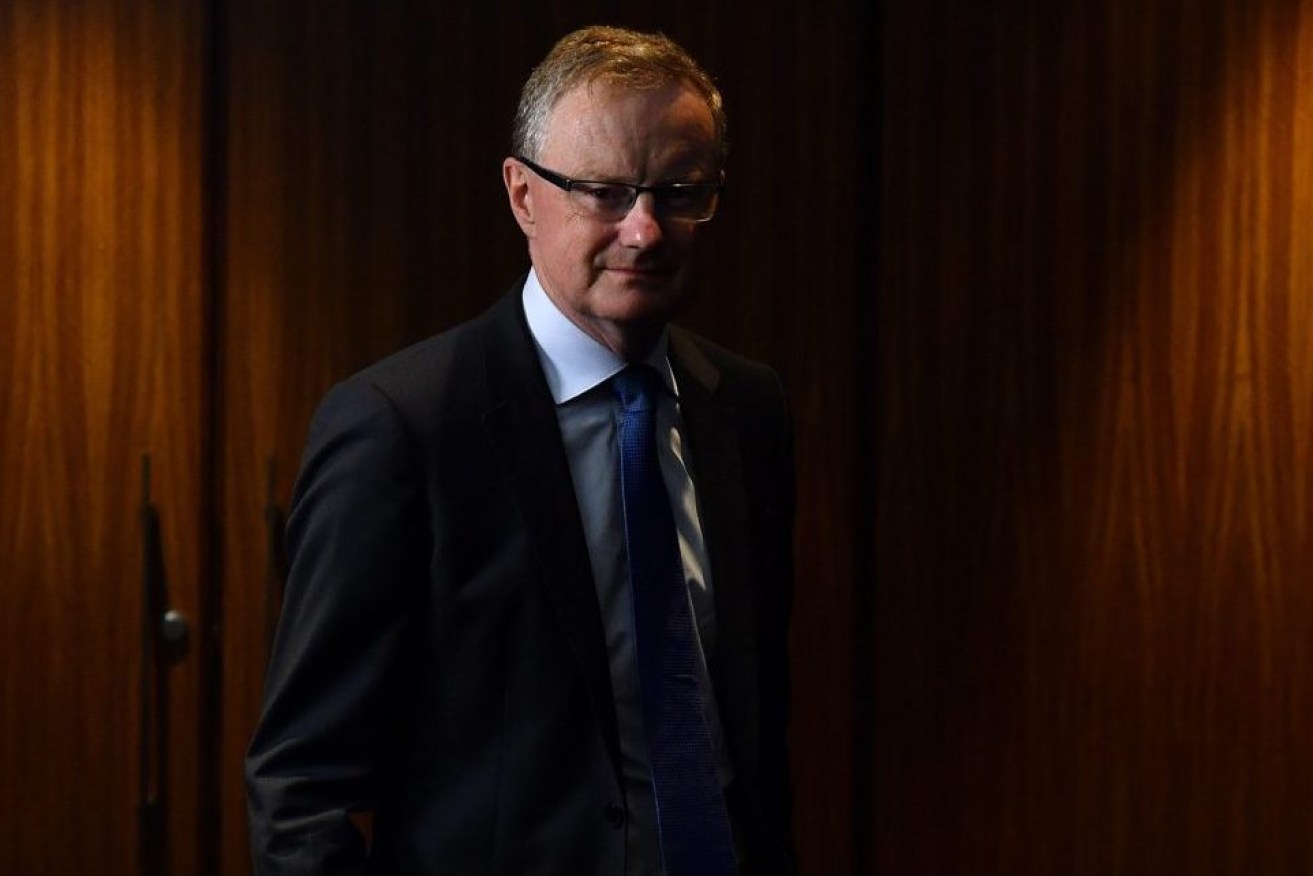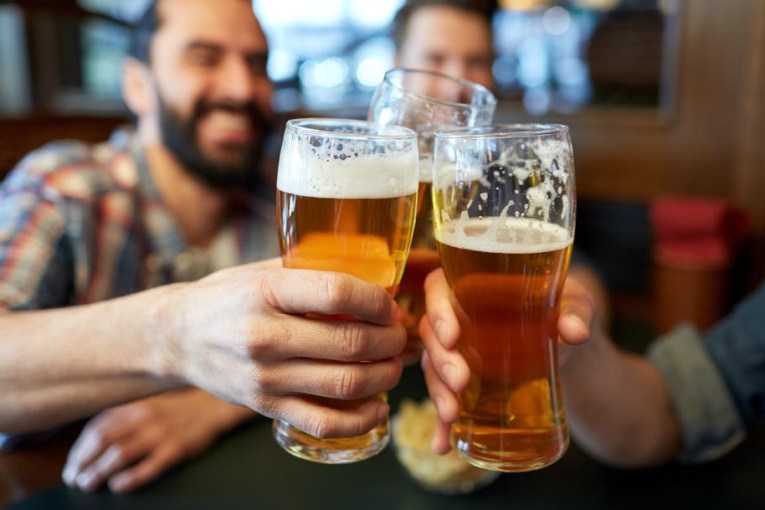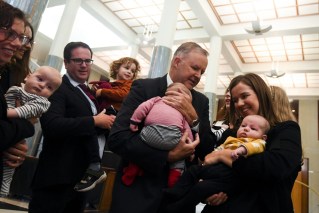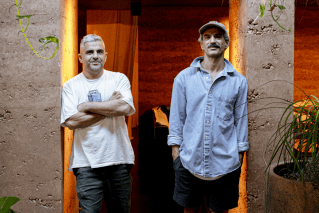Out of the pandemic gloom, RBA’s latest statement gives us reasons to be cheerful
The Reserve Bank is as uncertain as the rest of us about what happens next but its latest statement on monetary policy has a few nuggets of good news, writes Robert MacDonald


Governor of the Reserve Bank of Australia (RBA) Phillip Lowe(AAP Image/Joel Carrett)
You’ve got to find your good news where you can in these days of enduring uncertainty.
The Reserve Bank of Australia is as uncertain as the rest of us. Its latest quarterly statement on monetary policy, released on Friday, uses “uncertain” or “uncertainty” 49 times.
But, behind its doubts about the future, the RBA has some nuggets of good news that suggest if we’re not yet winning the war against the COVID-19 pandemic we’re increasingly well-armed.
First, some households have actually been able to save money over the past six months because of government support and fewer opportunities to spend – consumer spending fell by an estimated 10 per cent in the first half of the year.
“These savings are expected to help sustain the recovery in consumption that is already underway, even as the fiscal support to incomes begins to taper off,” the RBA says.
Second, equity markets have been recovering – rebounding more than 30 per cent since a low point in March, which is good news for shareholders.
And although public company earnings to June 30 are likely to be around 15 per cent below last year’s levels, the RBA says Australian corporations have still been able to issue significant amounts of debt and equity in recent months.
That means they’ve been recapitalising during the tough times.
Third, inflation is down – actually falling by about 0.3 per cent in the June quarter because of lower petrol prices and temporarily free childcare.
The RBA says this decline is likely to reverse in the September quarter, with higher fuel prices and the progressive reintroduction of childcare and preschool fees.
Even then, however, inflation is expected to remain low “for some time yet, given the extent of spare capacity in the economy and resulting weak wages growth.”
But the biggest positive is there’s plenty of room for the Government to keep borrowing to stimulate the economy.
Australia’s pre-pandemic ratio of debt-to-gross domestic product was about 40 per cent – low by OECD standards and less than half the ratio of the United Kingdom, at 80 per cent and the United States, at 95 per cent.
Even with the new COVID-19-related borrowings so far announced by Treasurer Josh Frydenberg, Australia’s debt-to-GDP ratio is expected to remain below 50 per cent.
Just as importantly, international investors are so keen park their money somewhere secure – such as bonds issued by AAA-rated Australia – they’re prepared to take very low returns in return for safety.
That means Australia can issue bonds with yields well below excepted GDP growth rates.
In other words, even in pandemic-depressed times, the RBA expects Australia to keep earning more than enough to cover the interest on its debts.
To summarise Australia’s situation at the moment, in the words of the RBA:
“As long as advanced economies have a significant amount of spare capacity, low interest rates and moderate public debt profiles, public investment can reduce long-term ‘scarring effects’ without generating high inflation, crowding out private investment or raising debt sustainability concerns.”
With all that said, there’s not much other good news to be found in the 99 pages of the RBA’s latest report, except perhaps that the peak-to-trough decline in the economy over the first half of the year is less than earlier estimates.
Back in May, the RBA calculated the drop could be around 10 per cent. It’s currently estimating seven per cent – still devastating and the worst decline since the 1930s.
On the downside, the RBA now thinks the recovery will be slower, and possibly much slower, than earlier thought, if versions of the latest Victorian outbreaks repeat themselves.
The RBA calculates the Victorian Government’s most recent efforts to contain the virus are expected to subtract at least two percentage points from national growth in the September quarter.
Alternatively, the picture could brighten if there are medical breakthroughs.
But the biggest uncertainty is the one that economists always grapple with – trying to predict how people will actually behave in any given set of circumstances.
That’s hard enough when times are normal but highly challenging in the middle of an unprecedented global pandemic.
In understated language of the RBA:
“Other considerations include how long uncertainty and diminished confidence weigh on household spending and businesses’ hiring and investment plans.”
If, for instance, households conclude that low income growth will be more persistent than previously expected, “they may permanently adjust their spending and the recovery in consumption growth could be weaker for longer.”
In short, six months after COVID-19 first struck Australia we still don’t know what’s going to happen next.
But, at least, the Government’s got the fiscal strength to keep fighting back.
And that’s got to be good news.












